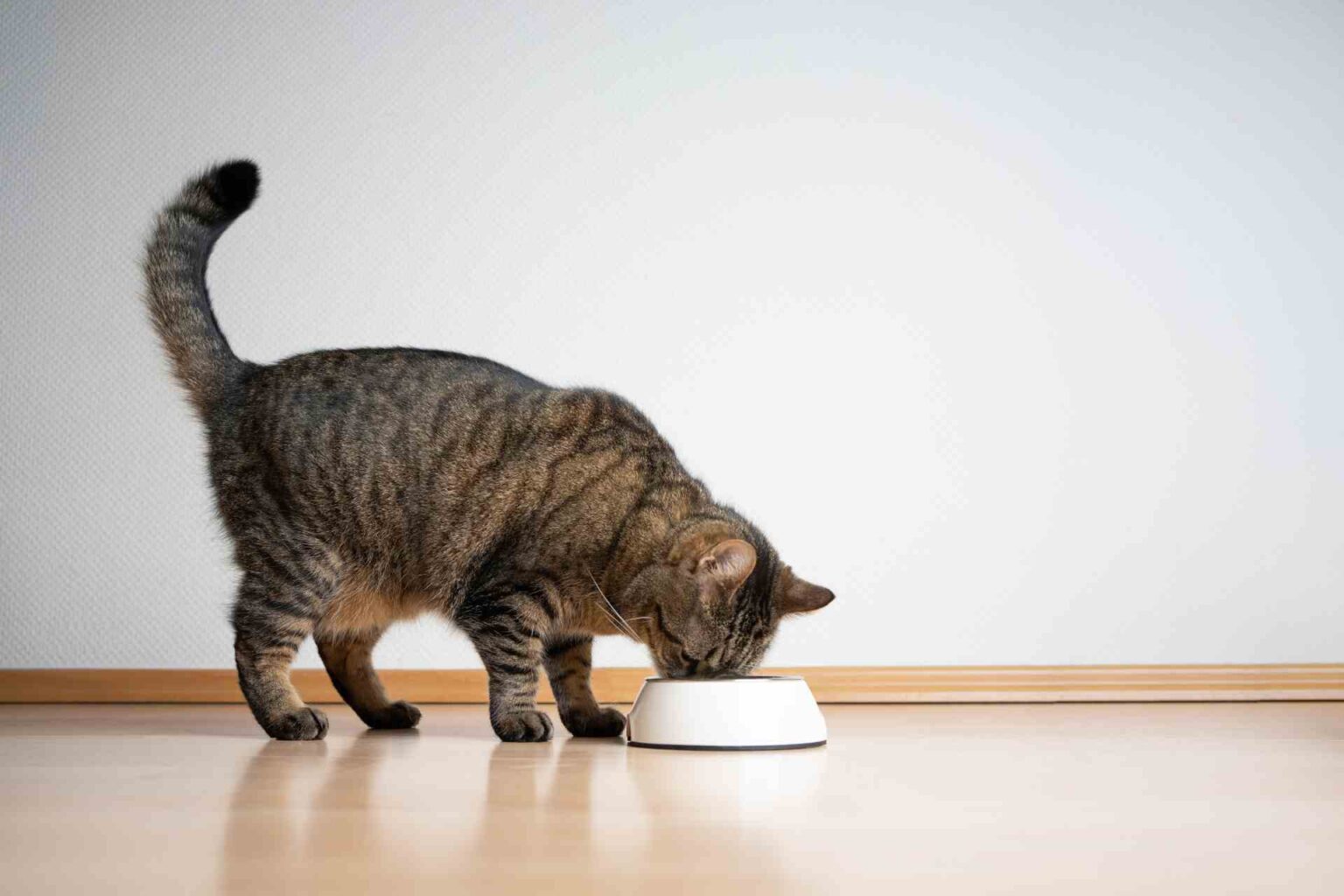Despite the routine vaccination of many cats, feline herpesvirus type 1 (FHV-1) and its environmental instability, FHV-1 remains a common pathogen of cats worldwide.
The most likely reason is the ability of the virus to remain dormant in nerve ganglia throughout life, interspersing episodes of reactivation.
However, many cats with latent infection without clinical evidence of disease may release the virus: this subgroup of cats represents an epidemiologically critical viral reservoir that ensures the perpetuation of infection and disease in the general feline population.
Lysine treatment against human herpesvirus
The amino acid L-...
This content is restricted to registered members of the web site
or sign in














